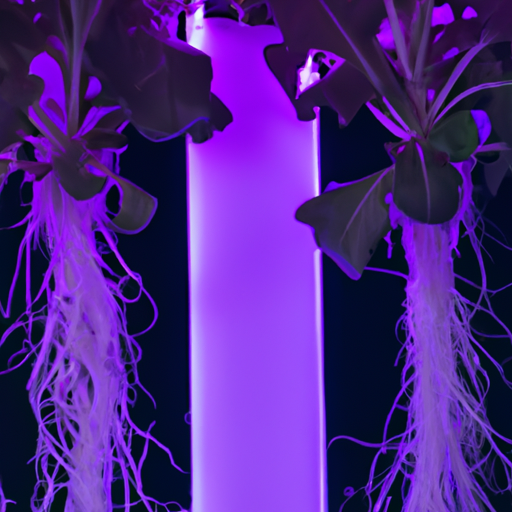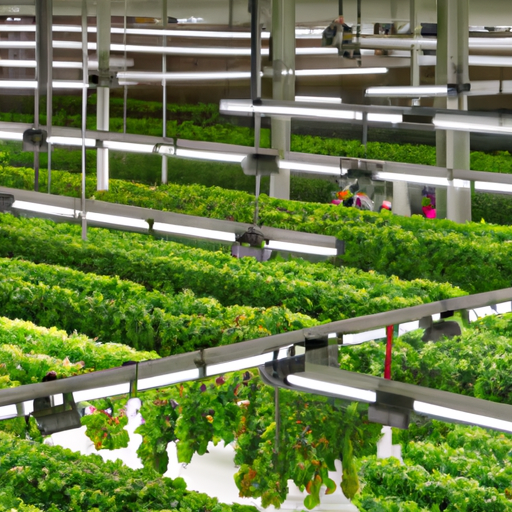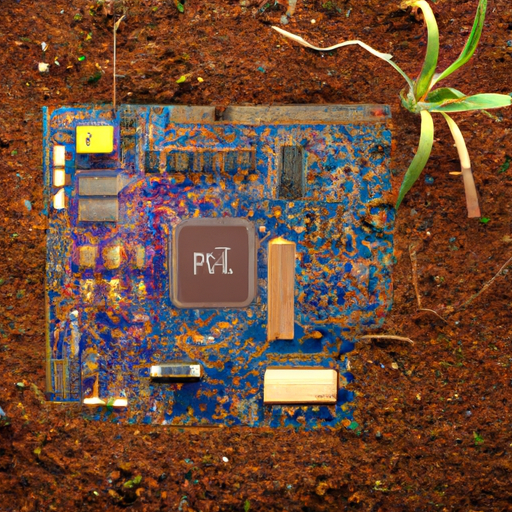Vertical farming is transforming food production in urban environments through innovative technology and sustainable practices. These indoor farming systems can produce fresh food year-round while using significantly less water and land than traditional agriculture. The integration of AI and IoT is making these systems increasingly efficient and productive.

Vertical farming represents a revolutionary approach to urban agriculture that's reshaping how we think about food production in the 21st century. By utilizing vertical space in controlled indoor environments, these innovative farming systems are addressing multiple challenges related to food security, resource conservation, and sustainable urban development.
The basic concept of vertical farming involves growing crops in stacked layers, often using hydroponic or aeroponic systems that eliminate the need for soil. These systems can be installed in urban buildings, warehouses, or purpose-built structures, bringing food production closer to where people live and reducing transportation costs and emissions.
One of the most significant advantages of vertical farming is its efficient use of resources. These systems typically use 95% less water than traditional farming methods, as water is recycled and reused within the closed system. LED lighting systems are carefully calibrated to provide optimal light spectrums for plant growth, while climate control systems maintain ideal temperature and humidity levels.
Advanced automation and monitoring systems are crucial components of modern vertical farms. Sensors track various parameters including nutrient levels, pH, temperature, and humidity, while AI systems analyze this data to optimize growing conditions. Robotics are increasingly being used for planting, harvesting, and maintenance tasks, improving efficiency and reducing labor costs.
The environmental benefits of vertical farming extend beyond water conservation. By growing food in urban areas, these systems reduce the need for long-distance transportation, cutting associated carbon emissions. The controlled environment also eliminates the need for pesticides and herbicides, resulting in cleaner, healthier produce.
Vertical farms can operate year-round, regardless of weather conditions or seasonal changes. This consistent production capability helps stabilize food supply and prices, while also allowing for the cultivation of crops that might not typically grow in certain climates. Some facilities are even able to complete multiple growing cycles in the time it takes for one traditional outdoor crop.
The integration of renewable energy sources is making vertical farms increasingly sustainable. Solar panels and wind turbines can power lighting and climate control systems, while waste heat from LED lights can be captured and reused. Some facilities are incorporating rainwater harvesting systems and composting operations to further reduce their environmental impact.
The technology behind vertical farming continues to evolve rapidly. New developments in LED lighting are improving energy efficiency while providing more precise control over plant growth. Advanced materials science is producing better growing surfaces and more efficient nutrient delivery systems. Genetic research is helping identify plant varieties that are particularly well-suited to indoor cultivation.
Vertical farming is also creating new opportunities for urban employment and education. These facilities require skilled workers to operate and maintain complex systems, while many farms offer educational programs that help people learn about sustainable agriculture and technology. Some vertical farms are partnering with schools and universities to provide hands-on learning experiences.
The economic viability of vertical farming is improving as technology advances and operational costs decrease. While initial setup costs remain significant, increasing automation and energy efficiency are helping reduce operating expenses. The ability to grow high-value crops year-round, combined with premium pricing for local, pesticide-free produce, is making these operations increasingly profitable.
However, challenges remain in scaling vertical farming to meet significant portions of urban food demand. Energy costs for artificial lighting and climate control can be substantial, and some crops are not well-suited to indoor cultivation. There's also a need for continued research and development to optimize growing systems and reduce infrastructure costs.
Looking ahead, vertical farming is likely to play an increasingly important role in urban food systems. As cities continue to grow and climate change affects traditional agriculture, the ability to produce food locally in controlled environments becomes more valuable. Integration with other urban systems, such as waste management and renewable energy, will create even more sustainable and efficient operations.
The future of vertical farming may also include more diverse applications beyond traditional produce. Some facilities are experimenting with growing medicinal plants, while others are exploring the cultivation of alternative protein sources like insects or algae. These innovations could help address multiple challenges related to food security and sustainability.



